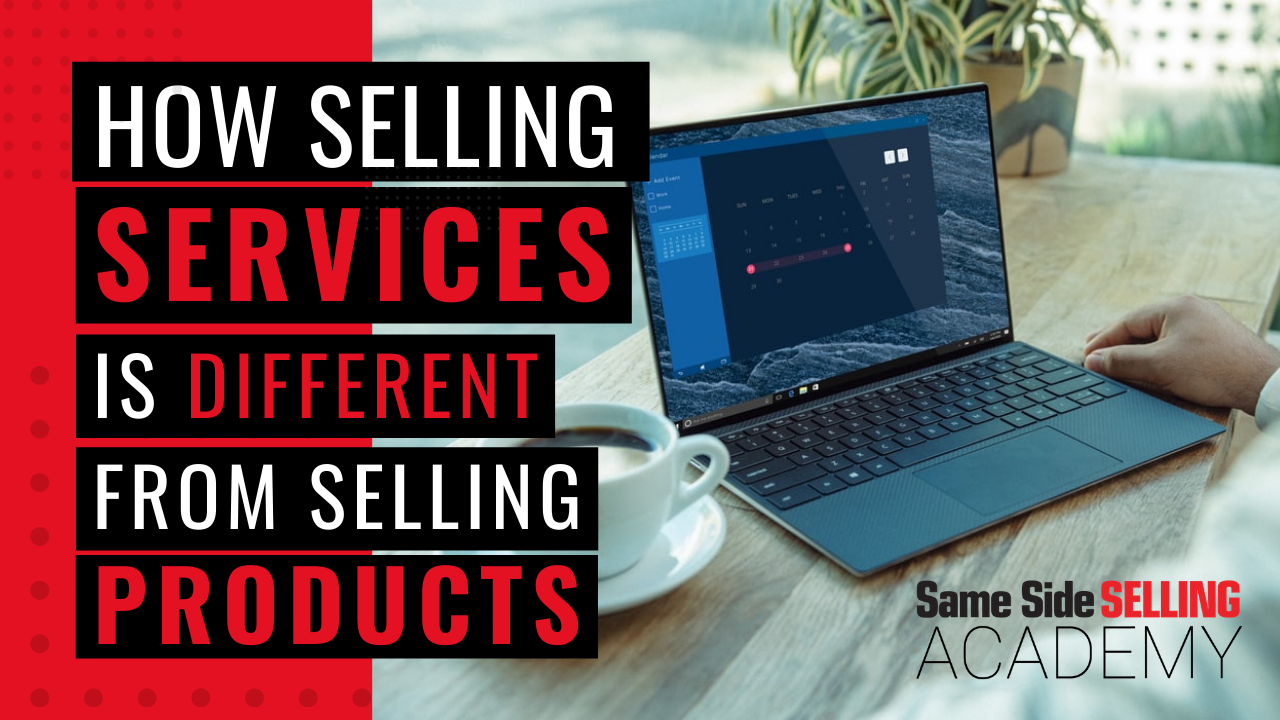Anyone who tells you that selling services is the same thing as selling a product, probably hasn’t sold services before. When you’re selling a product you can rely on it’s features and benefits. However, when selling services there are other variables to take into consideration. Services are performed by individuals. Anything performed by an individual […]



